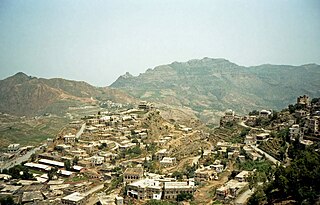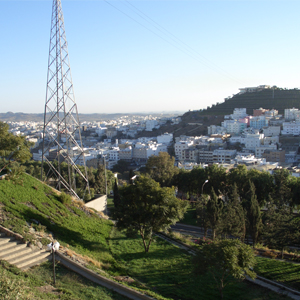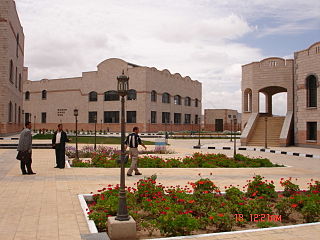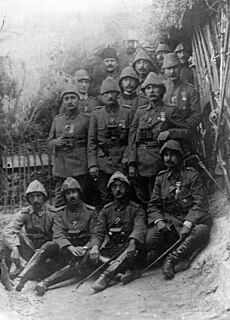| XIV Corps On Dördüncü Kolordu | |
|---|---|
| Active | 1911– |
| Country | Ottoman Empire |
| Type | Corps |
| Garrison/HQ | Sana'a |
| Patron | Sultans of the Ottoman Empire |
| Commanders | |
| Notable commanders | Mirliva Trommer Pasha (April 4, 1915 [1] -) Mirliva Cevat Pasha (I: October 9-November 18, 1915 II: August 19-November 8, 1917 [2] ) Mirliva Kâzım Karabekir Pasha (December 25, 1918-March 2, 1919 [3] ) |
The XIV Corps of the Ottoman Empire (Turkish: 14 ncü KolorduorOn Dördüncü Kolordu) was one of the corps of the Ottoman Army. It was formed in the early 20th century during Ottoman military reforms.

The Ottoman Empire, also historically known in Western Europe as the Turkish Empire or simply Turkey, was a state that controlled much of Southeast Europe, Western Asia and North Africa between the 14th and early 20th centuries. It was founded at the end of the 13th century in northwestern Anatolia in the town of Söğüt by the Oghuz Turkish tribal leader Osman I. After 1354, the Ottomans crossed into Europe, and with the conquest of the Balkans, the Ottoman beylik was transformed into a transcontinental empire. The Ottomans ended the Byzantine Empire with the 1453 conquest of Constantinople by Mehmed the Conqueror.

Turkish, also referred to as Istanbul Turkish, is the most widely spoken of the Turkic languages, with around ten to fifteen million native speakers in Southeast Europe and sixty to sixty-five million native speakers in Western Asia. Outside Turkey, significant smaller groups of speakers exist in Germany, Bulgaria, North Macedonia, Northern Cyprus, Greece, the Caucasus, and other parts of Europe and Central Asia. Cyprus has requested that the European Union add Turkish as an official language, even though Turkey is not a member state.

Corps is a term used for several different kinds of organisation.








